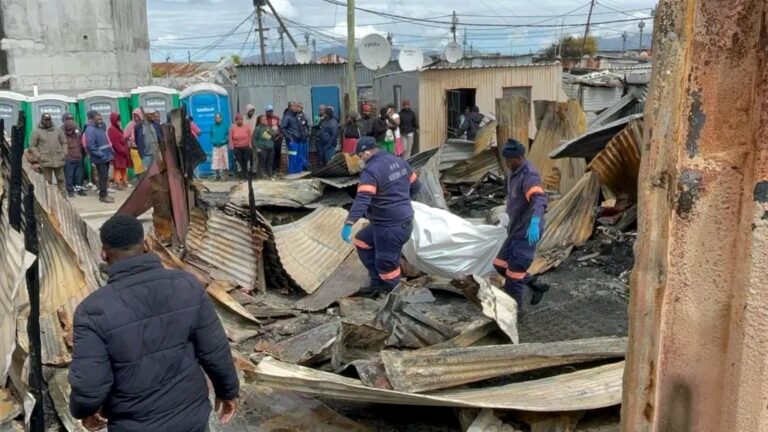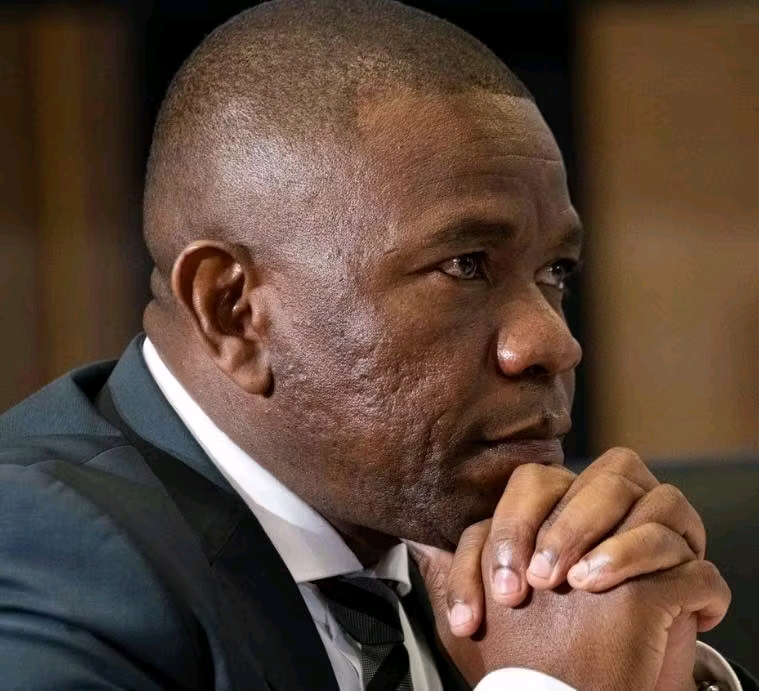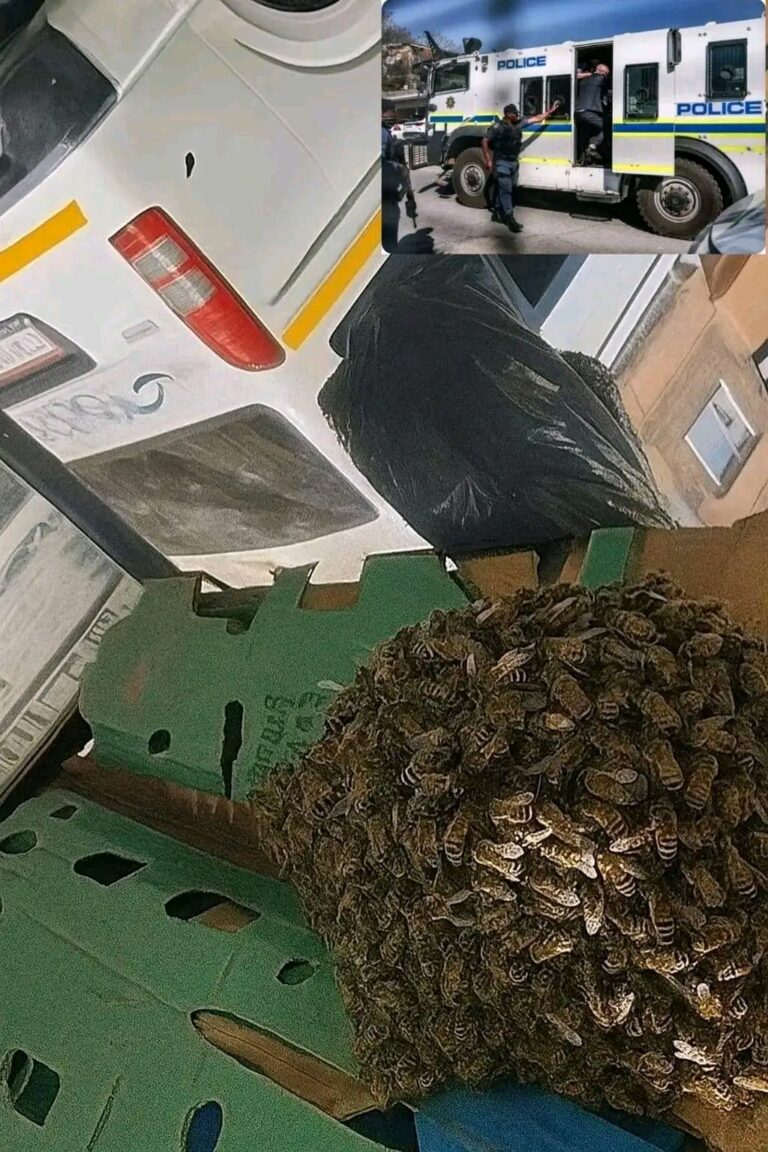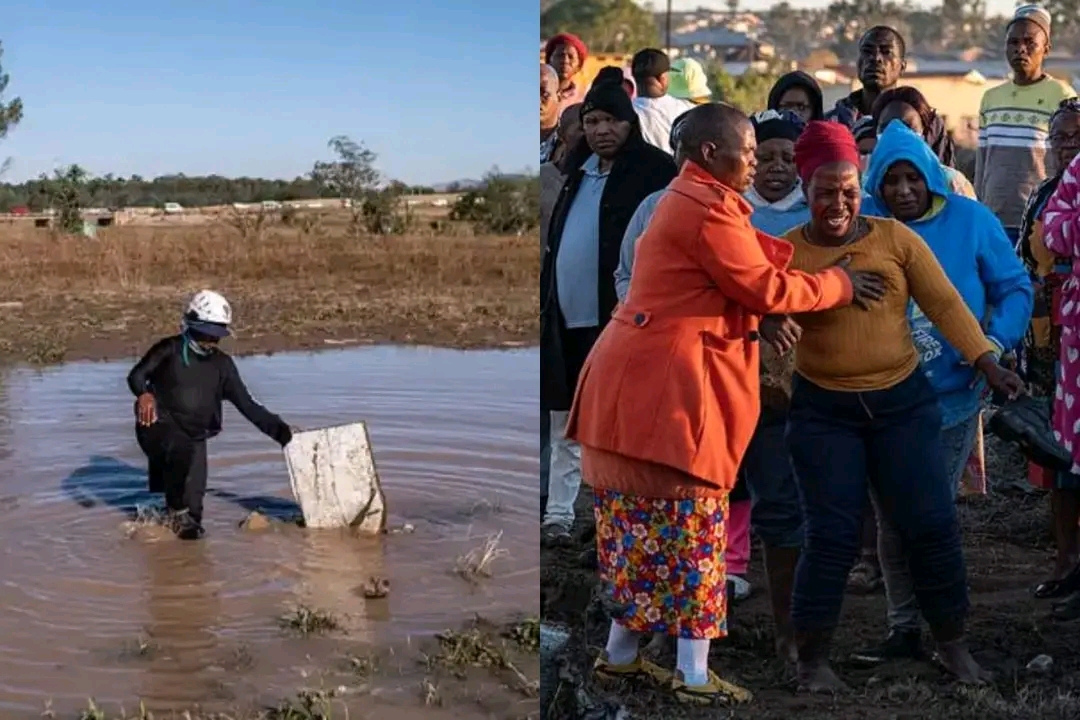
The devastating floods in the Eastern Cape have left South Africa reeling as the death toll continues to climb. What began as torrential rainfall and severe storms earlier this month has now escalated into one of the deadliest natural disasters to hit the region in recent years.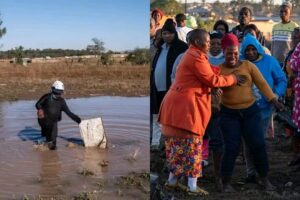
As of the latest reports, 86 people have been confirmed dead, with the number expected to rise as search and rescue efforts continue across the province. The floods, which began on 9 June 2025, have left families shattered and entire communities displaced.
Mthatha Worst Affected as Search Continues
Mthatha, one of the major towns in the Eastern Cape, has been the hardest hit by the relentless rains. Emergency services, together with volunteers and the South African National Defence Force, are tirelessly working to find those still missing. The harsh weather, combined with damaged infrastructure, has made the rescue operations extremely difficult.
The South African Weather Service had issued multiple Orange Level 6 warnings ahead of the floods, particularly for the Eastern Cape and parts of KwaZulu-Natal. While KwaZulu-Natal has escaped fatalities so far, the Eastern Cape continues to bear the brunt of the disaster.
President Ramaphosa Declares Day of Mourning
On 13 June 2025, President Cyril Ramaphosa visited the flood-ravaged areas around Mthatha. Deeply moved by the devastation, he called for a national day of mourning to honour the victims. During his visit, Ramaphosa emphasized the government’s commitment to supporting survivors and rebuilding affected communities.
“I want to commend the coordinated efforts of our national, provincial, and local governments for acting swiftly in the face of this tragedy,” Ramaphosa said. “The resilience of our people and the unity of our nation will see us through these difficult times.”
The floods have officially been declared a national disaster, allowing additional resources and funding to be directed toward relief efforts.
Eastern Cape’s Struggle with Resources
Eastern Cape Premier Oscar Mabuyane revealed that the province was already facing significant resource shortages before the floods struck. Speaking on 11 June, when the death toll was still at 49, he admitted that the provincial government lacked sufficient emergency resources to respond adequately to the crisis.
Deputy President Paul Mashatile has also stepped in, promising that the national government will continue to support the province in its ongoing battle against the crisis. The death toll rose to 67 by 12 June and tragically kept climbing.
South Africans Mourn Together
The tragic events have sparked an outpouring of grief and solidarity across South Africa. Public figures like radio host Anele Mdoda, who hails from the Eastern Cape, shared her heartbreak over the growing loss of life.
Meanwhile, in a twist of nature’s unpredictability, parts of the Eastern Cape recently experienced snowfall, creating picturesque scenes that contrasted sharply with the devastating floods. Social media was flooded with photos and videos of the rare snow, offering brief distraction from the ongoing tragedy.
As search efforts continue, the Eastern Cape and South Africa as a whole remain united in grief, determined to rebuild and honour the lives lost.

